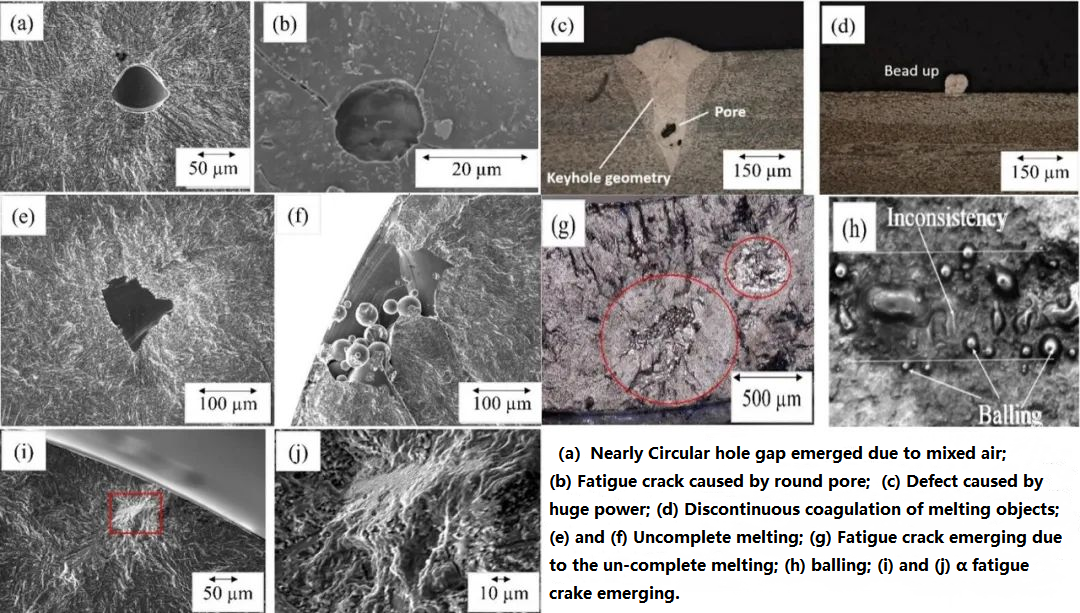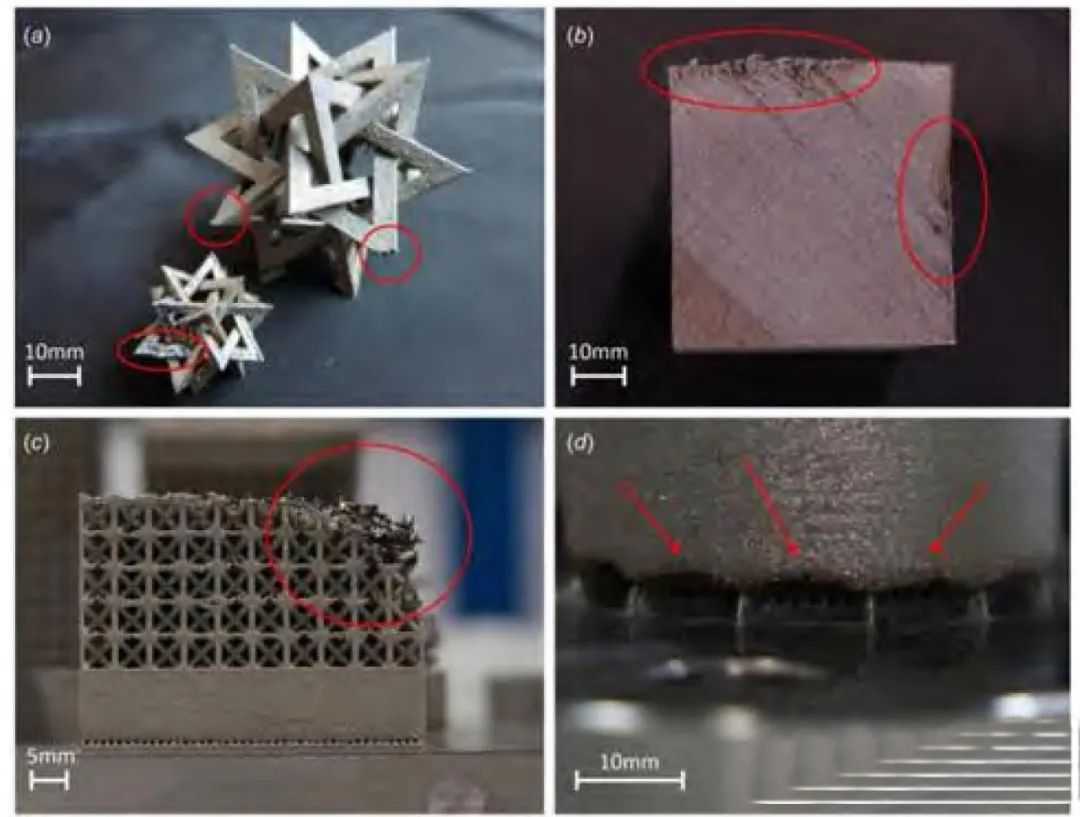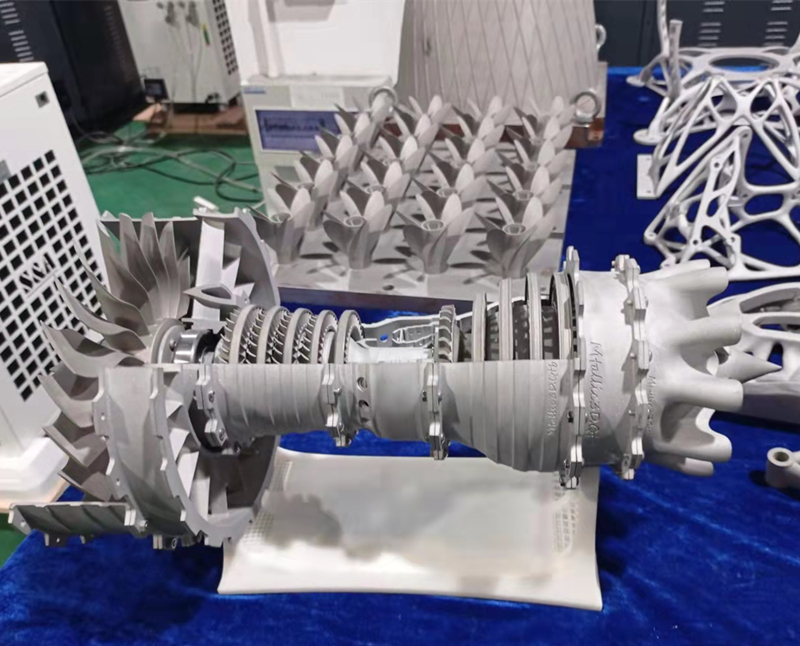What is selective laser melting in 3D printing?
Selective laser melting (SLM) is a special 3D printing technique that uses a high power density laser to fully melt and fuse metal powders to produce near full density (up to 99.9% relative density) near net shape parts.
Processing Craft
The technology SLM is short for selective laser melting, which the rapid prototyping technology for the metal powder. SLM can directly form the metal parts which is close to fully dense, and needn’t binders. Hence, this technology is also called direct metal laser sintering, or DMLS for short. The accuracy and mechanical properties of prototypes which made by SLM is better than SLS, so it’s becoming more and more popular in 3D printing.
How the SLM process work?
SLM technology need make the metal powder melted completely, and form the metal parts directly, hence the high-power laser is required. Before the high-power laser beam start scanning, the horizontal powder roller need spread the metal powder on the substrate of the processing room first. Then the laser beam selectively melt the powder on the substrate according to the contour information of the current layer, and get the parts contour of the current layer machined. After that, the lifting system will fall a distance with one layer thickness. The powder spreading roller will re-spread the metal powder on the processed layer, and the equipment will come into the process of the next layer. Every layer are processed like this til the whole parts are completed. To prevent the metal reacting with other gases at high temperatures, the entire machining process need be carried out in a vacuum or gas-protected processing chamber.
What’s the advantage of SLM?
The laser beam of SLM technology can melt the metal powder quickly and gain continuous melting path. Which can instantly obtain almost dense metal parts with high precision, completely metallurgy structure and almost arbitrary shape. The metal density of SLM standard is over 99%, which has great mechanical properties and can be compared with traditional process. Besides, the parts processed by SLM can be welded if necessary. The type of available material will also keep increasing. More advantages of SLM are listed below.
1.Direct Metal Laser Sintering. The metal parts can be made out by SLM directly, and no more mid-process. The function parts with complex shape can also be made out directly.
2.High Quality Laser Beam. SLM has great laser beam quality, which embrace micro focused spot, and it can directly produce function parts with high precision and good roughness surface.
3.Totally melting. All Metal powder will be totally melted. The direct-made metal function parts own metallurgy structure, high density and great mechanical properties, and needn’t post-treatment.
4.Multiple available material. The row material of powder can be single material or multi component material, and doesn’t need be specially formulated.
5.Low-batch friendly. Suit for the machining of function parts, especially for the single parts or low-batch production.
What’s the limitation of SLM technology?
At present, there are many limitation on SLM technology.
The limitation of SLM can be divided by powder spreading defect and print processing defect. For example, there are some irregular powder layers in the powder spreading defect. Regarding to the defect of print processing, there are splashing, balling, pores, poor surface quality, cracks, geometric deformation, etc.
1.Balling
Spheroidization or balling is a unique metallurgical defect in the manufacturing process of the metal-based powder bed. Spheroidization occurs when the liquid metal solidifies into a spherical shape under the action of surface tension. Both high and low energy density of the laser beam can cause this phenomenon. If the energy is too low, the metal powder will not completely melt and cause spheroidization. If the energy is too high, the liquid metal will splash on the unmelted metal powder to form spheroidization. Spheroidization will affect the powder spreading quality of the next layer, the surface quality of the components, and also lead to defects such as poor fusion and slag inclusion. Further, spheroidization will reduce the tensile strength and fatigue resistance of the component. An effective means to reduce and avoid spheroidization requires optimizing the printing process and finding the best combination of parameters.

2.Pores
Porosity is the most important defect type of SLM components, and it is one of the defects that have the greatest impact on the mechanical properties of SLM components. It is also one of the focuses of industry and academia. In the SLM process, the rapid melting and solidification of the material and the violent fluctuation of the molten pool will cause the generation of pores. The size, number, morphology and position of the pores have an important influence on the mechanical properties of the component. A higher porosity will shorten the fatigue life of the molded part. The pores close to the surface have a greater impact on the fatigue performance of the molded part than other positions. According to the formation mechanism of pores, it can be divided into pores related to raw materials and pores caused by laser action.
The generation process of pores is very complicated and closely related to process parameters. Reasonable printing process and uninterrupted process optimization for the frequency of material use are still important conditions to avoid the occurrence of pores.
3.Geometric Deformation
In the SLM process, geometric defects of different degrees will be formed due to the geometric features, heat accumulation, stress concentration and other reasons of the components. The lighter degree may cause deformation, resulting in dimensional errors, severely leading to incomplete structure, and even failure of the processing process.

The geometric accuracy of SLM components will affect the assembly and performance of the components. Studies have found that different scanning methods will have an important impact on the temperature field, which will affect the residual stress distribution and the geometric deformation of the component; the laser spot, power and scanning speed will affect the dimensional accuracy and surface quality, and improve the component The geometric accuracy will greatly promote the industrial application of SLM technology.
Conclusion
The main defects of SLM process are balling, warping deformation and pores. And the mechanical properties of SLM parts are not as good as CNC machined metal parts. At the same time, the process speed is very slow, and the price is also expensive. The precision and surface quality are limited too.
Application area
At present, the SLM technology is mainly used in industry area, and has remarkable technical advantage in complex mould, personalized medical parts, aerospace and automotive etc.
1. Aerospace
The processing time of traditional aerospace component is very long, and up to 95% (volume fraction) of expensive materials need to be removed during the milling process. Using the SLM method to form aviation metal parts can save costs and improve production efficiency greatly. Ti-6Al-4V (Ti64) has the characteristics of low density, high strength, good workability, excellent mechanical properties, and good corrosion resistance. It is one of the most widely used materials in aerospace parts.

2. Biomedical field
SLM technology has become more and more widely used in the medical industry. Gradually, SLM is used in the manufacture of orthopedic implants, customized prostheses and prostheses, personalized customized orthodontic brackets and dental restorations. For example, the 316L stainless steel spine surgical guide can be formed by SLM technology. A personalized knee prosthesis can be made by SLM molding.
The traditional manufacturing process of cardiovascular stents is based on the production of microtubes and laser micro-cutting. Now, SLM technology can be used to form cobalt-chromium alloy cardiovascular stents. For example, the Ti-6Al-4V artificial acetabular shell is formed by SLM technology, and the forming effect of the prosthetic acetabular shell is improved by analyzing and optimizing the process parameters in the SLM process.
3. Mold Industry
The application of SLM technology in the mold industry mainly includes forming stamping dies, forging dies, casting dies, extrusion dies, wire drawing dies and powder metallurgy dies. For example, Armillotta and others have used SLM technology to form a die-casting mold with conformal cooling channels. The experimental results show that the existence of conformal cooling reduces the number of spray cooling, and increases the cooling rate. At the same time, the cooling effect is more uniform, the quality of the casting surface is improved, the cycle time is shortened and the shrinkage phenomenon is avoided.
The source is from here.
Previous: An In-Depth Look at How the Corrugated Box Is Made
Next: None.
Copyright:@2020-2021
Comments Please sign in or sign up to post.
0
0 of 500 characters used